Fang Xinghai, vice chairman of the China Securities Regulatory Commission (CSRC) criticized that the Trump’s new round of tariffs on China has “poisoned” the atmosphere for negotiations. Fang also warned that “President Trump is a hard-hitting businessman, and he tries to put pressure on China so he can get concessions from our negotiations. I think that kind of tactic is not going to work with China.” Also, according to Fang, “if he puts tariffs on all Chinese exports to the United States – which he says he will – even in that scenario, the negative impact on China’s economy is about 0.7 percent.”
Separately, the South China Morning Post in Hong Kong reported, citing unnamed source, that China will not send delegation to the US for more trade talks after the new round of tariffs.
All in all, what’s next will depend on the outcome of Vice Premier Liu He’s meeting in Beijing on the issue.




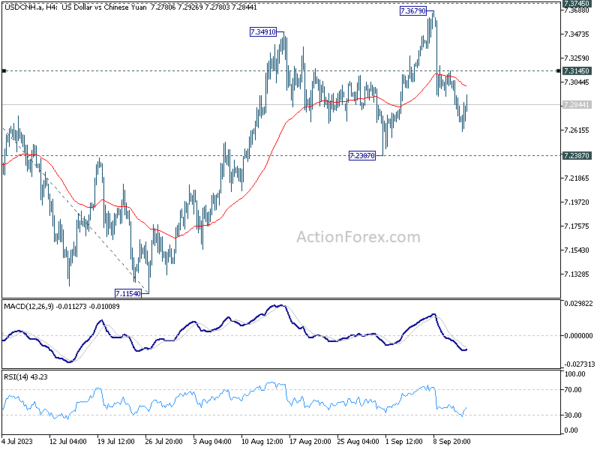
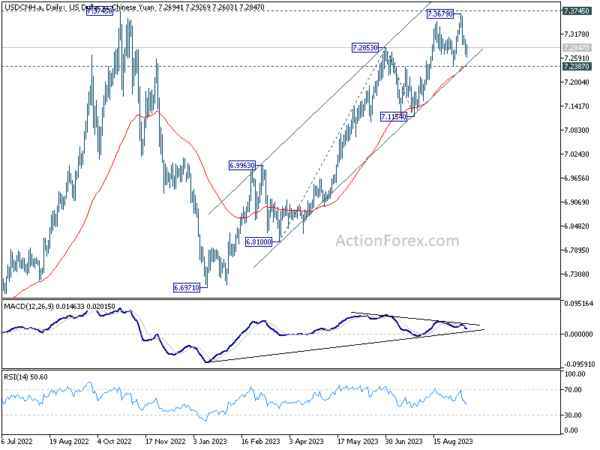
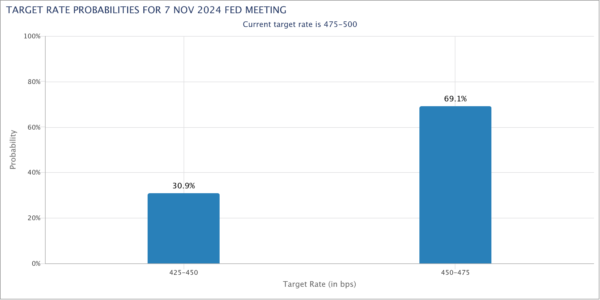
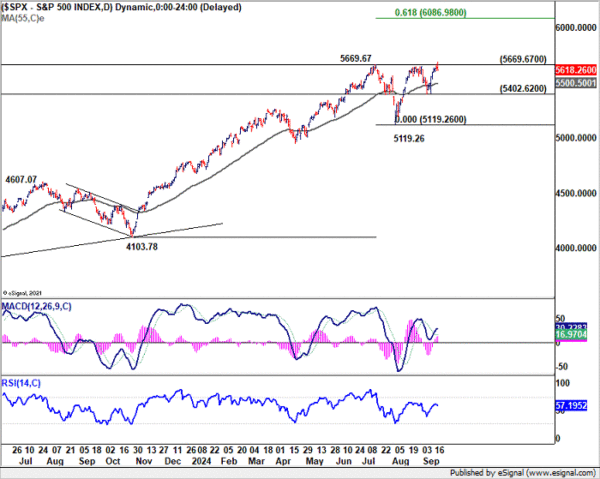
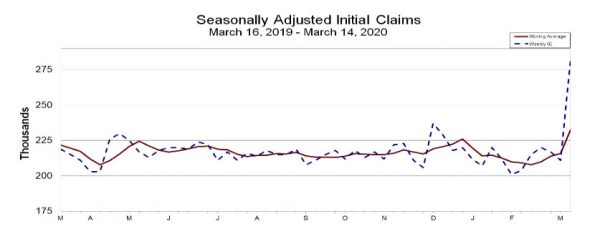
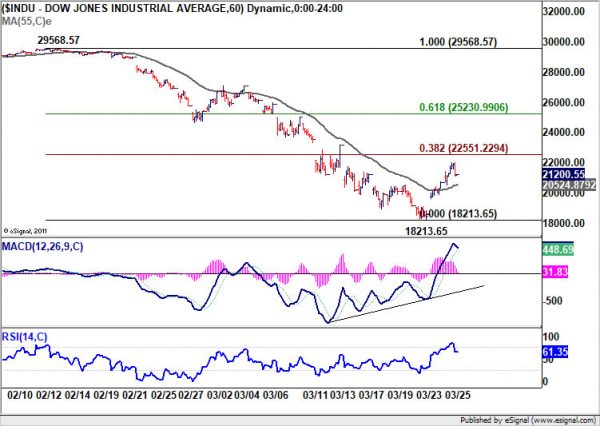
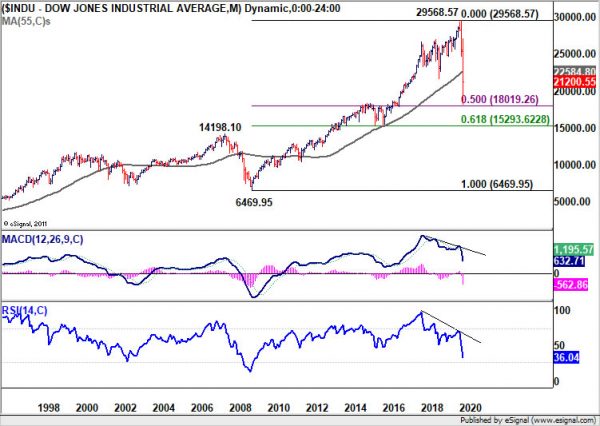
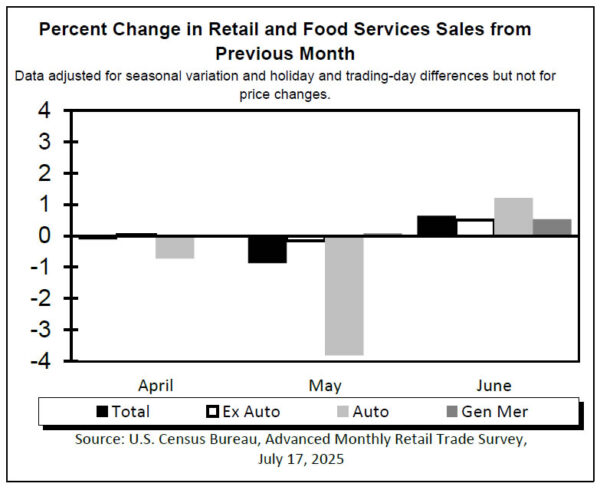
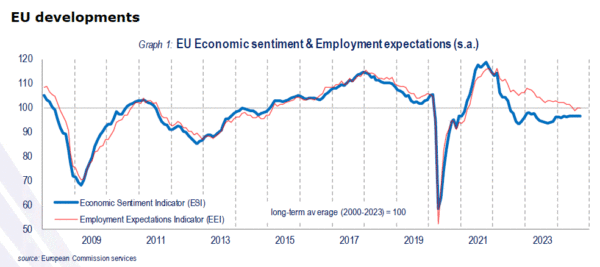
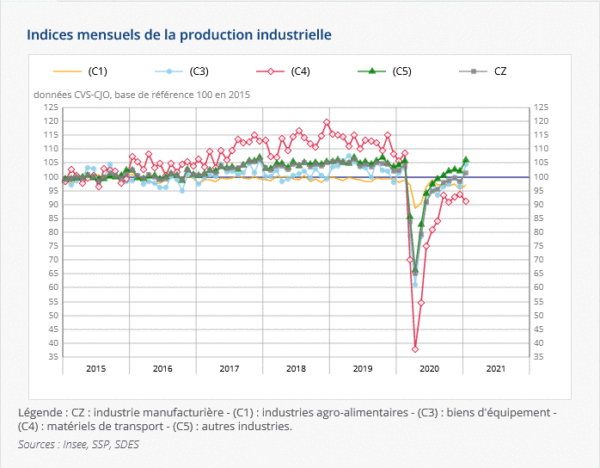
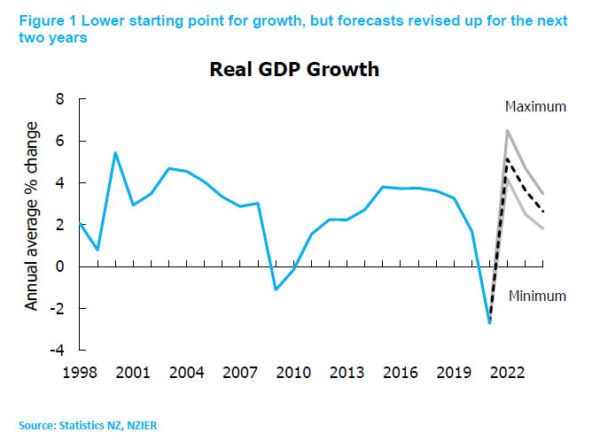
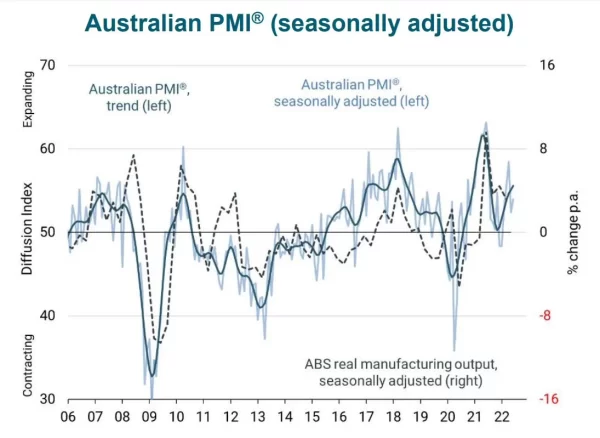
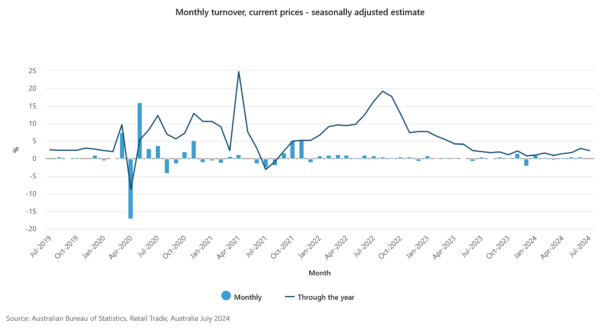
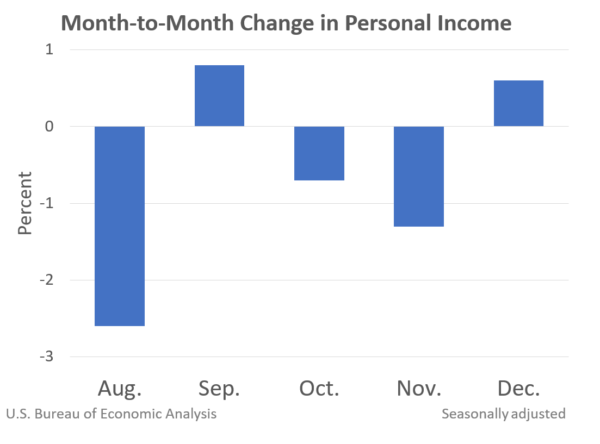

Dollar broadly lower as Democrats tipped to gain House majority
Dollar trades broadly lower as US mid-term election results are coming in. The Republicans are set to retain control of the Senate as widely expected. Meanwhile, according to Fox News projections, Democrats would take over the majority in House. The question now is, how big the majority would it be.
Meanwhile, Trump tweeted “Tremendous success tonight. Thank you to all!”. It’s unsure what success he’s referring to. Would it be Democrat’s win in House?
By loading the tweet, you agree to Twitter’s privacy policy.
Learn more
Load tweet